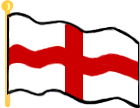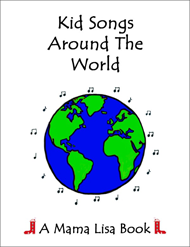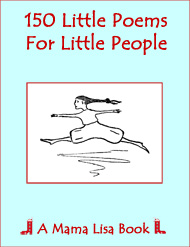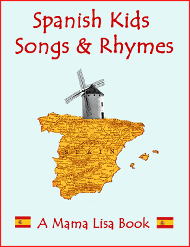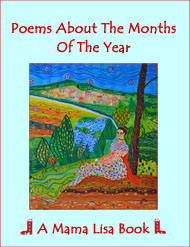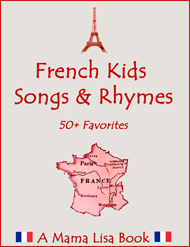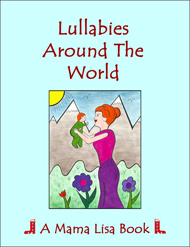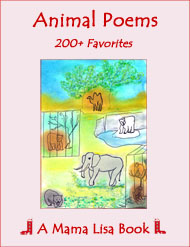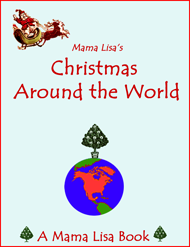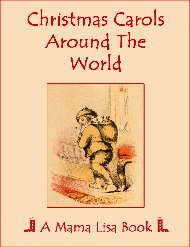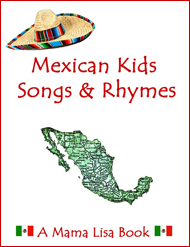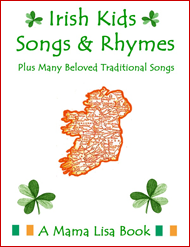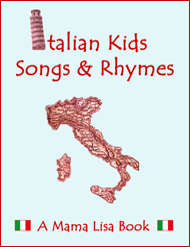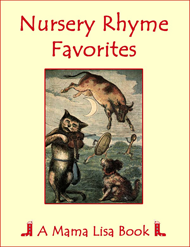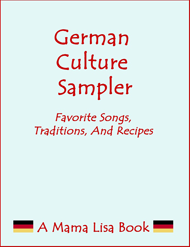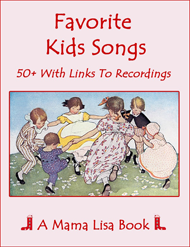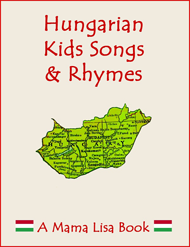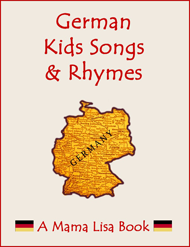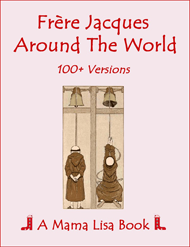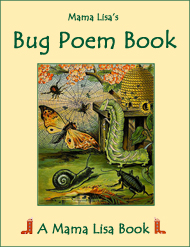Trip and Go, Heave and Ho!
May Day, on May 1st, was celebrated all over England since as early as the 13th century. It was a celebration of the coming summer - including the symbolism of rebirth and fertility that goes with it. Young people searched through the woods the night before for the flowers and branches to make May Poles for the town square and garlands to decorate their houses.
This song was popular in the 16th and 17th centuries. People danced Morris Dances (a type of traditional English folk dance) to it on May Day.
Trip and Go, Heave and Ho!
May Day Carol
Trip and go*, heave and ho**!
Up and down, to and fro;
From the town to the grove,
Two and two, let us rove,
A-maying, a-playing;
Love hath no gainsaying***!
So merrily trip and go!
So merrily trip and go!
Notes
*Regarding the meaning of "trip and go" - it seems to be a proverbial expression meaning, "hurry up" or "let's go". The most clear-cut usage is from a quote dating back to 1579, "Trip and go for I dare not tarry." This quote is from Gosson's Schoole of Abuse (1579), which was in turn quoted in, Popular Music of the Olden Time a Collection of Ancient Songs, Ballads And Dance Tunes Illustrative of the National Music of England: Part 1 (1859) by William Chappell.
**"Heave and ho" is found in many old English songs. It's a phrase specifically for songs.
***Denying, opposition.
This song was written by Thomas Nashe (1567 - 1601).
Thanks and Acknowledgements
This rhyme can be found in The Little Mother Goose (1912), illustrated by Jessie Willcox Smith.


